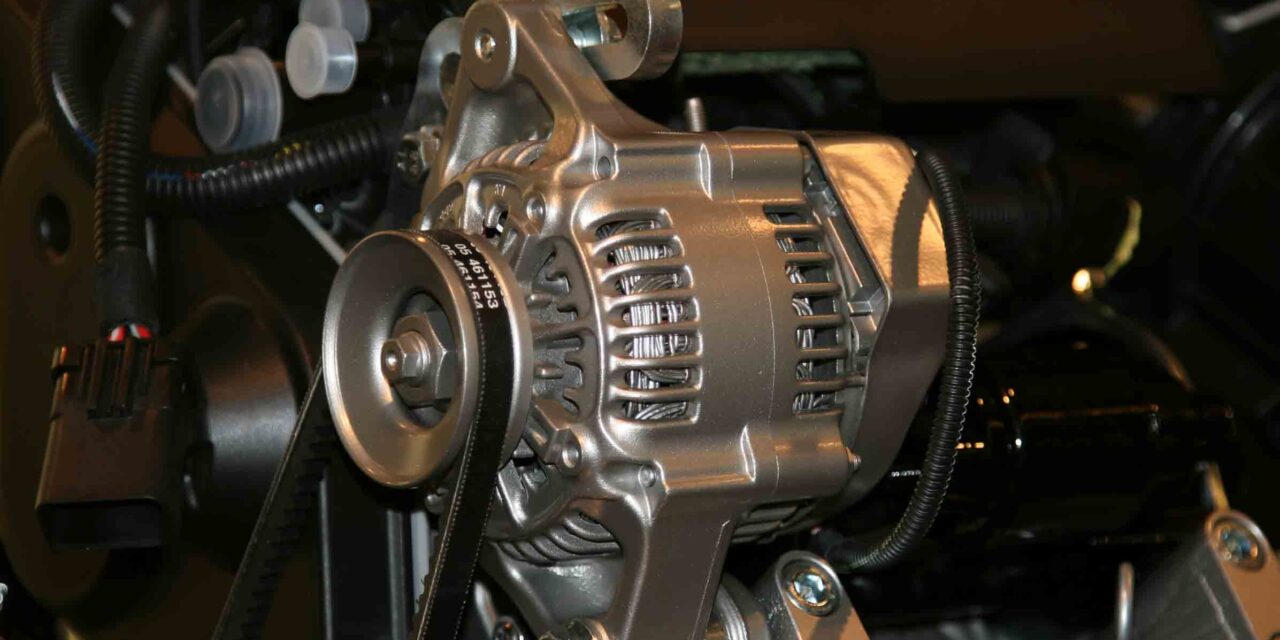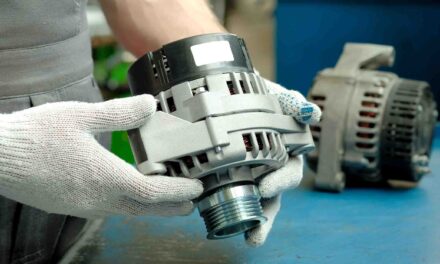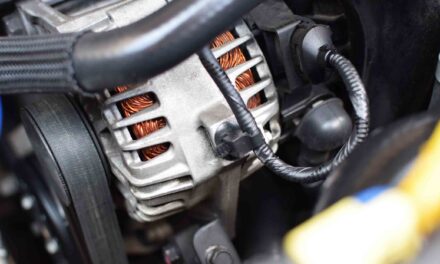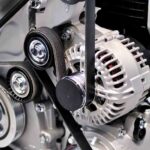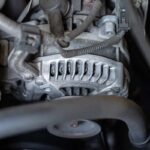The alternator is a vital but often misunderstood component in the automotive world. This guide is your one-stop source for those who’ve ever wondered about this critical part. From its primary function to its working principle, let’s dive deep into the world of alternator basics.
Table of Contents
- Introduction to Alternators
- The Role of an Alternator
- How Does an Alternator Work?
- Components of an Alternator
- Signs of a Malfunctioning Alternator
- Conclusion
Introduction to Alternators
First in Alternator basics, an alternator, in the simplest terms, is an electrical generator. Its main job? Convert mechanical energy into electrical energy, supplying power to the car’s electrical systems and charging the battery.
The Role of an Alternator
While the battery starts the car, the alternator keeps everything running. From powering the radio to ensuring your headlights stay bright, the alternator is a silent workhorse ensuring your car’s electrical systems remain active and your battery stays charged.
How Does an Alternator Work?
At its core, the alternator operates based on electromagnetic principles. As the engine runs, the crankshaft drives a belt connected to the alternator pulley. This motion turns the rotor inside a nest of copper coils, producing alternating current (AC). Since cars use direct current (DC), the AC is converted using a rectifier. The result? A steady supply of electrical power.
Components of an Alternator
- Rotor: The moving part spins inside the stator to generate electricity.
- Stator: Stationary coils of wire that, when interacted with by the rotor, generate electricity.
- Rectifier: Converts the AC produced by the stator into DC.
- Voltage Regulator: Ensures the electricity produced remains at a consistent voltage, typically around 14 volts.
- Drive Belt/Pulley: Connects to the engine to drive the alternator.
Signs of a Malfunctioning Alternator
Recognizing the signs of a failing alternator is crucial. Common symptoms include dimming headlights, a weak battery, a warning light on the dashboard, or strange noises. If you notice these signs, consult a mechanic immediately.
Conclusion
The alternator plays a vital role in the grand symphony of car components. As the primary power source for a vehicle’s electrical system and its battery charger, understanding the alternator basics and maintaining your alternator ensures a smooth and uninterrupted driving experience.

